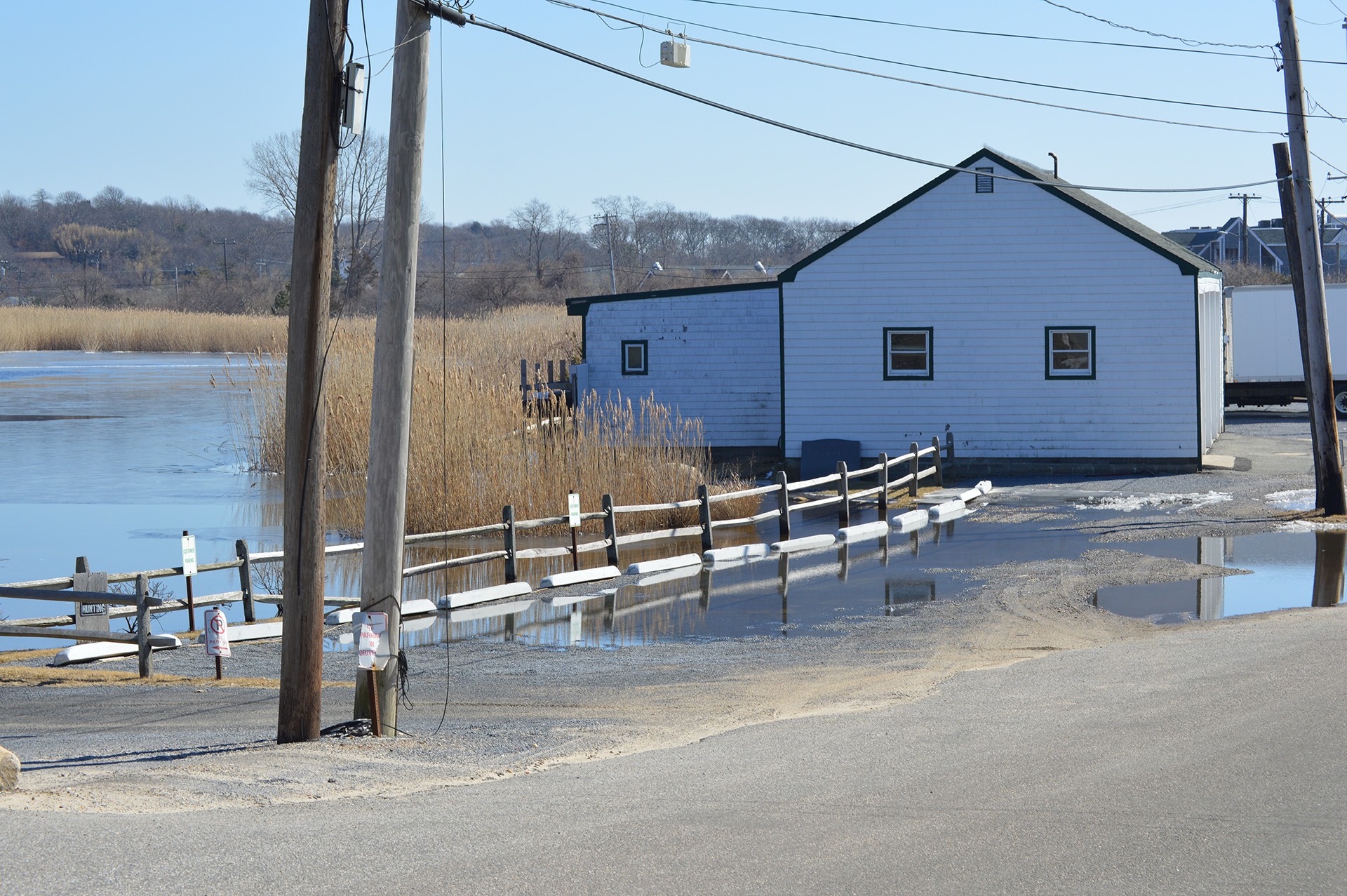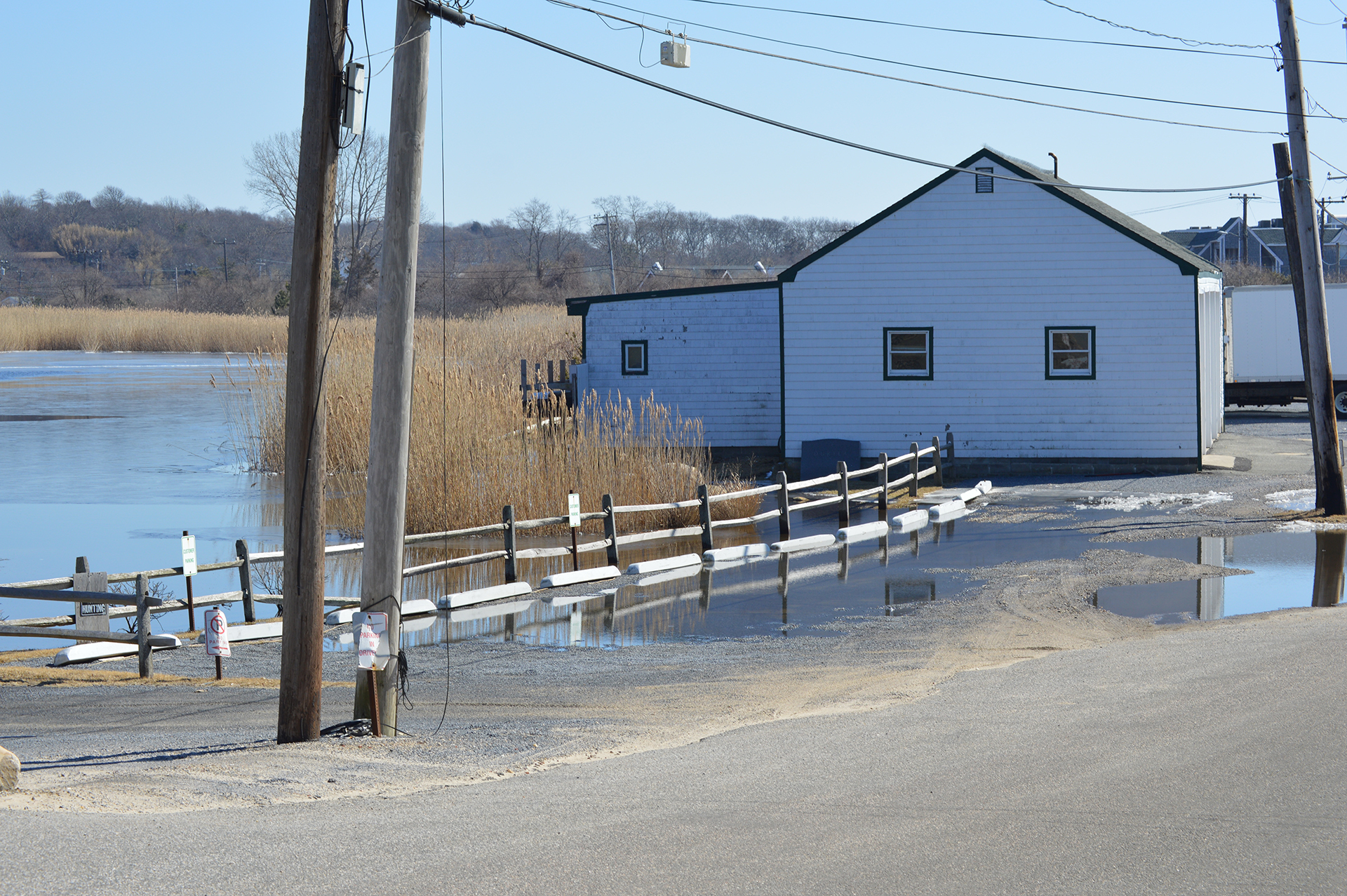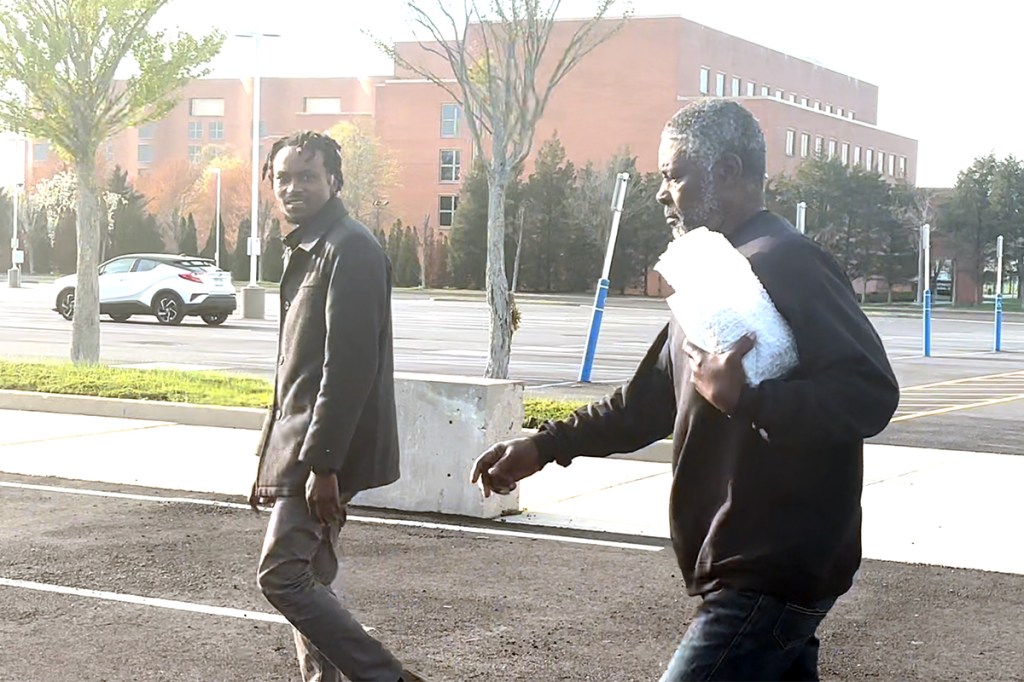Duryea’s A Done Deal, Or Is It?


As criticism grows over the deal East Hampton Town struck in court with billionaire Marc Rowan over Duryea’s Dock complex, which he purchased in 2014, the town’s planning board stuck its toe into the murky water last week.
At the same time, the East Hampton Town Board placed the matter on its agenda for Tuesday, March 12, after The Independent’s deadline for this week’s paper.
On March 6, the planning board was presented with a new site plan for Duryea’s properties, which comprise more than 2.5 acres in size, and straddle Tuthill Road. The part of the property on the east side of Tuthill Road, which includes Tuthill Pond, is zoned residential, while the land on western side of the road, which is where most of the business aspects of the complex are located, including a restaurant, Duryea’s Lobster Deck, is zoned for waterfront use.
Running a restaurant is allowed in the town in areas zoned waterfront, but a special permit must be obtained from the planning board, which has never been done for the site.
In 1997, the East Hampton Town Zoning Board of Appeals ruled that there was no history of a pre-existing restaurant: “We find no such use or operation has continuously existed on the Duryea property during the time period in question. The Duryeas concede that their seafood business never included a full-service restaurant.”
One of the board members who signed off on that 1997 ZBA finding, which was approved by a 4-1 vote, was the current East Hampton Town Supervisor, Peter Van Scoyoc.
Critical Environmental Area
The new court stipulation, reached at the end of January to settle three suits brought by Rowan against the town, does not use the word restaurant, but states that the Lobster Deck can continue to use a waitstaff “for those customers requesting assistance, or any other condition.” That language, according to critics like town board member Jeffrey Bragman, and David Buda, a Springs resident and frequent commentator on town government, is so broad that it would appear to allow a restaurant use.
JoAnne Pahwul, assistant planning director for the town, points out in a memo she prepared for the planning board that Duryea’s is in a harbor and a water protection overlay district, is a Peconic Bay critical environmental area, and has been designated a scenic area of statewide significance.
The stipulation requires the town to expedite the site-plan process through which Rowan can obtain a permit, while allowing Duryea’s to continue operating a restaurant.
“Absent a settlement, the judge would have decided the fate of this property on the merits of the case. The town feels that the outstanding issues are resolved in a way that will bring the property in compliance with the town codes and policies,” Van Scoyoc said in an email. “The settlement doesn’t grant any expansion of the use, and all future changes will have the full scrutiny of the planning board and the community through the special permit process. In addition, the settlement will result in better treatment of septic waste through the required installation of a low-nitrogen septic system.”
Planning board members were clearly unsure during their discussion of how to proceed with the application. Three of the five town attorneys had previously recused themselves from the case, leaving the town’s lead attorney, Michael Sendlenski, and John Jilnicki, who also acts as advisor to the planning board, to handle the matter. On March 6, Jilnicki also recused himself. According to Sendlenski, that recusal happened after it was realized that Jilnicki had worked on a Duryea
application in the 1990s.
On March 6, an outside attorney was brought in to advise the planning board. The board began pressing him with questions, asking what exactly are the parameters of their oversight. “Let me just state for everybody’s benefit, that my office was retained five hours before this meeting,” said David Arntsen, a partner at Devitt Spellman Barrett in Smithtown. Arntsen specializes in land use and municipal practices.
“I have not seen this stipulation before,” he continued, “and have not had the opportunity to evaluate it yet.”
The new application before the planning board was presented without a diagram of the proposed restaurant. In 2015, Rowan had presented the board with a site-plan application for a restaurant that could hold over 350 people at a time. The floor plan was laid out in a diagram. That was quickly withdrawn after drawing heated criticism. Planning board member Louis Cortese asked on March 6 if the new application, as opposed to the old one, wasn’t simply “a back-door way of getting what they knew was going to be denied.”
Pahwul laid out the difficult questions the board will have to explore. The new application claims that there were grandfathered in parking calculations that could be applied for the restaurant. Pahwul, after researching the matter, does not agree. In addition, some of the parking spaces would be on the residential side of the property, as would a state-of-the-art septic system.
Need More Time
On Rowan’s side, his attorney also needed more time before addressing the issues. Gabrielle Maas told the board that Michael Walsh, lead attorney for Rowan on the application, had just received Pahwul’s memo the day before. She asked if they could discuss the matter during the board’s next meeting, on March 28. Samuel Kramer, the board’s chair, told Maas he was not sure if that was possible.
Pahwul had said at the outset about the Duryea application, “We jumped that application ahead of others that were in the pipeline.”
Once Arntsen is familiar with the particulars of the case, he will be discussing the scope of what the board should be exploring in the application, the planning board agreed. That discussion will take place in an executive session, behind closed doors.
Kramer allowed members of the public to speak, while cautioning that this was not a public hearing over the application, which would be held further along the site-plan process.
Lisa Grenci, who lives on Tuthill Road, asked how the board could it allow residentially zoned land to be used for business purposes. “I can’t address the stipulation,” she said. “That has been put in your lap. Your job is to represent our town’s laws. The stipulation, as far as I am concerned, does not adhere to our town code laws.”
Robert Pluhowski, who said he owned the adjacent property on the residentially zoned side of Tuthill Road told the board, “He is basically taking his sewage tanks, which he pumps out every day, and smells terrible, and moving it into my back yard.” He said that there was a nine-foot tall retaining wall called for in the application for the septic system, and that the plan, including the proposed parking spaces, was dangerous for the narrow Tuthill Road.
David Gruber, who was nominated recently for town supervisor by the Independence Party, also spoke. He said the planning board was not obligated to follow the town board’s lead. “I am very concerned with the integrity of the legal process in this town,” he said.
“The planning board is not a party to this lawsuit that was settled by stipulation. It is not even clear that the town is bound by the stipulation” since it has not been ratified by the town board, Gruber added.
Tina Piette, an attorney who represented Rowan on another restaurant application, that for Arbor Restaurant, which is by the train station just down the road from Duryea’s, contacted The Independent last week. She questioned allowing members of the public to speak during the planning board’s initial review of a site-plan application.
t.e@indyeastend.com



